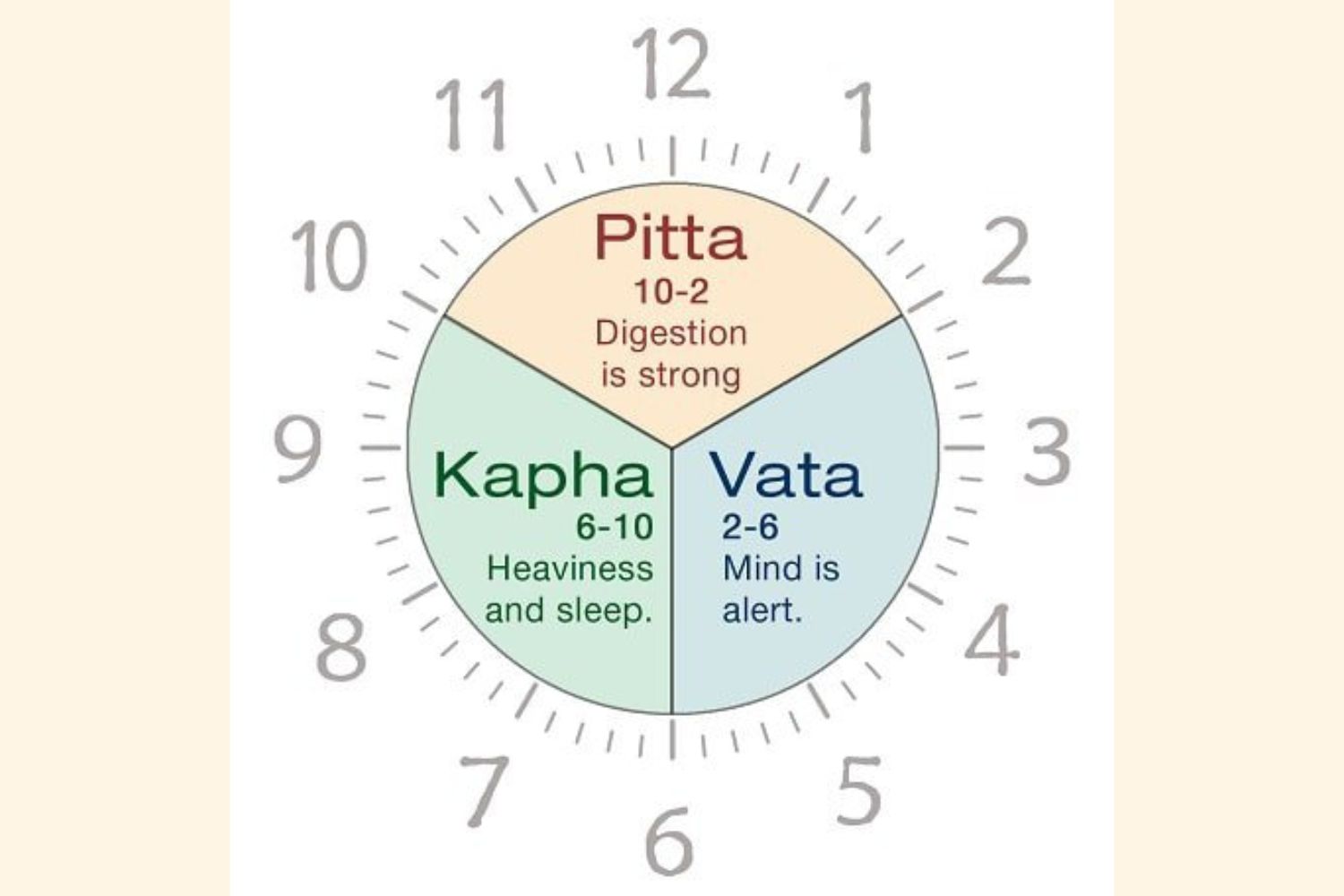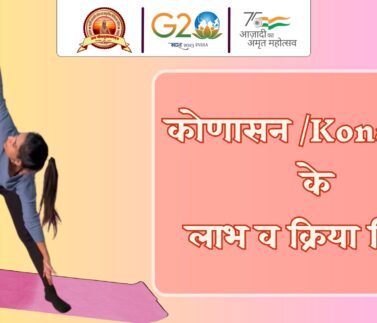
What is Tridosha?
Introduction of Tridosha:
Tridosha is a concept in Ayurvedic medicine that refers to the three basic bio-energies or principles that are said to govern the functioning of the body and mind. These three principles, also known as doshas, are called vata, pitta, and kapha.
According to Ayurveda, each person has a unique combination of these three doshas, which determine their physical, mental, and emotional characteristics. The doshas are also believed to be responsible for the functioning of various physiological processes and the maintenance of good health.
Vata dosha is associated with movement and is said to govern the nervous system, circulation, and respiration. Pitta dosha is associated with metabolism and is said to govern digestion, metabolism, and temperature regulation. Kapha dosha is associated with stability and is said to govern the structure of the body, including the muscles, bones, and tissues.
In Ayurvedic medicine, it is believed that an imbalance in any of the three doshas can lead to health problems and that restoring balance to the doshas is essential for maintaining good health. To restore balance, Ayurvedic practitioners may recommend lifestyle changes, such as changes in diet and exercise, as well as herbal remedies and other forms of treatment.
Overall, the concept of tridosha is an integral part of Ayurvedic medicine and provides a framework for understanding the functioning of the body and mind, and for promoting good health and well-being.
Treatment process by Tridosha:
Tridosha treatment is a process used in Ayurvedic medicine to restore balance to the three doshas (vata, pitta, and kapha) and maintain good health. According to Ayurveda, imbalances in the doshas can lead to health problems, and restoring balance is essential for maintaining good health.
Here is a general overview of the tridosha treatment process:
- Assessment: The first step in tridosha treatment is to assess the individual’s current state of health and determine which doshas are out of balance. This assessment is typically done through a combination of observation, examination, and questioning, and may also involve pulse analysis and other diagnostic techniques.
- Recommendations: Based on the assessment, the Ayurvedic practitioner will make recommendations for restoring balance to the doshas. These recommendations may include lifestyle changes, such as changes in diet, exercise, and sleep habits, as well as the use of herbal remedies and other forms of treatment.
- Treatment: The next step is to implement the recommendations made by the practitioner. This may involve taking herbal remedies, practicing specific yoga postures and breathing exercises, receiving massages and other forms of bodywork, and making changes to one’s diet and lifestyle.
- Monitoring: The final step in the tridosha treatment process is to monitor the individual’s progress and make any necessary adjustments to the treatment plan. This may involve regular follow-up visits with the practitioner to assess the effectiveness of the treatment and make any necessary changes.
Overall, the tridosha treatment process is designed to promote balance and well-being by restoring balance to the three doshas and promoting good health. The process is individualized and tailored to each person’s unique needs and circumstances.


